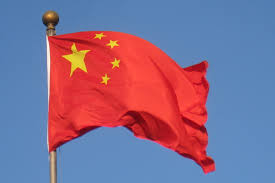By Matt Miller
While the Chinese economy has slowed, mega-projects associated with the One Belt, One Road initiative are rolling ahead with no stop sign in sight.
In mid-November, China Overseas Port Holding Co. signed a 40-year lease to gain control of more than 900 hectares around the Pakistani port of Gwadar, on the Arabian Sea near Pakistan’s western border with Iran. The China state-run company, which took over operations of the port in 2013, has promised to spend more than $1.5 billion on port improvements, a new free trade zone, an airport and feeder roads, with even more ambitious plans afoot of an LNG terminal, power plants and a pipeline linking the port with western China.
The goal is to turn what is now a minor port, handling less than one million tons a year, into a major entrepot for China-related natural resources and manufactured goods. It’s only one component in a $45 billion infrastructure package Chinese President Xi Jinping officially offered Pakistan during a state visit last April. That mix of investment dollars and loan guarantees centers on a 1,800 kilometer high-speed rail planned to link the western Chinese city of Kashgar, in Xinjiang providence, with Gwadar. The Chinese term the initiative the “China-Pakistan economic corridor.”
That, in turn, is part of a much bigger and far more ambitious Chinese enterprise. This strategy goes by the odd name of “One Belt, One Road,” made odder still by the “road” referring to the sea. It envisions a series of land and coastal infrastructure linkages, underwritten by Chinese capital, that couple China with much of Asia, the Middle East and Europe. The map draws a land route from China through Central Asia and maritime routes from China through Southeast Asia and then to South Asia, Africa, and Europe.

